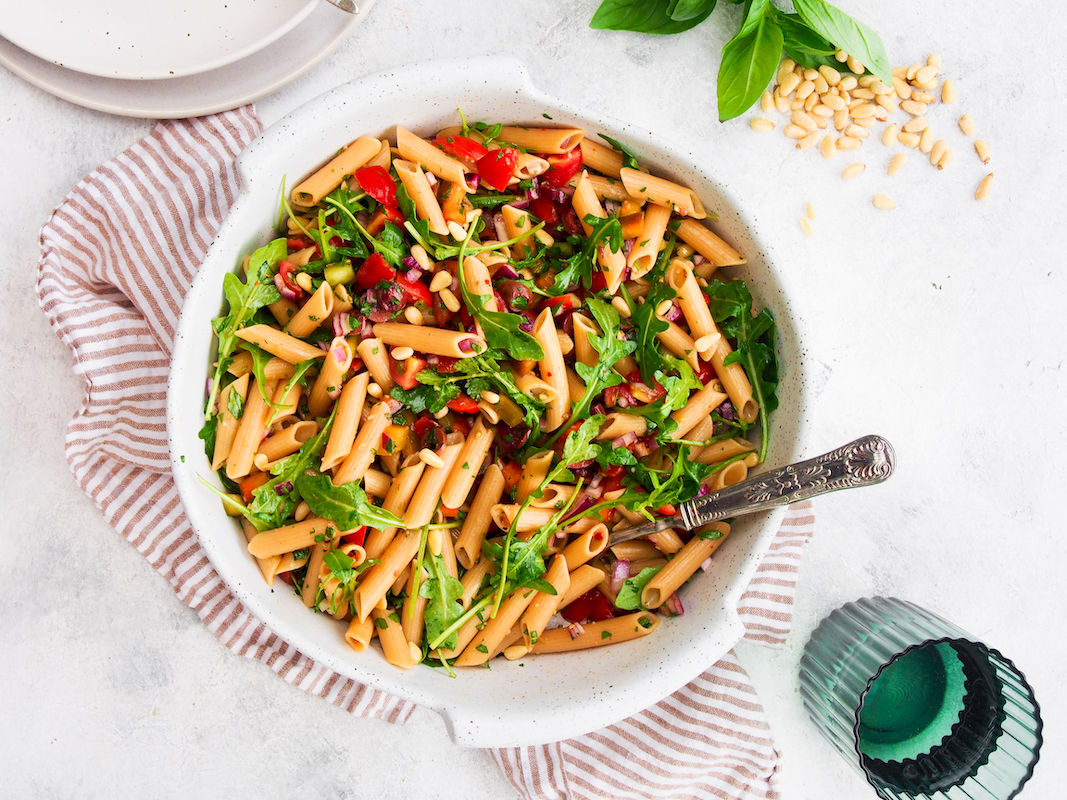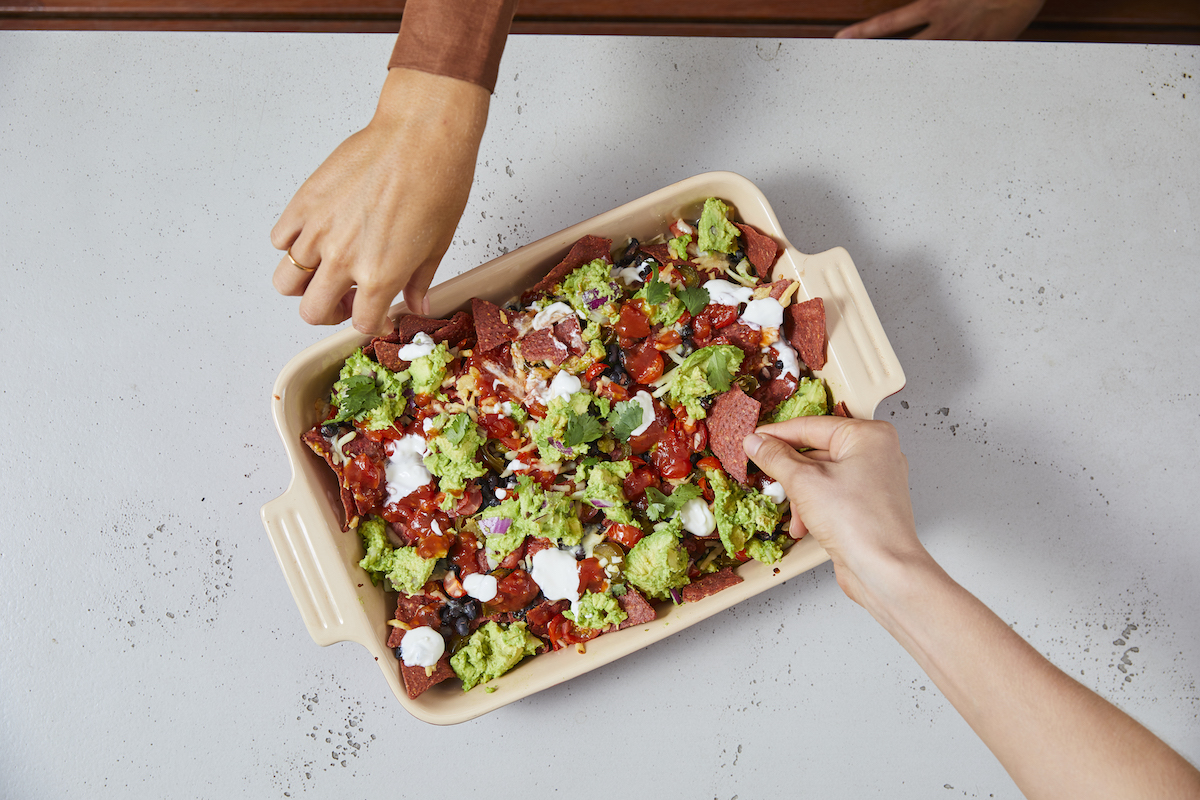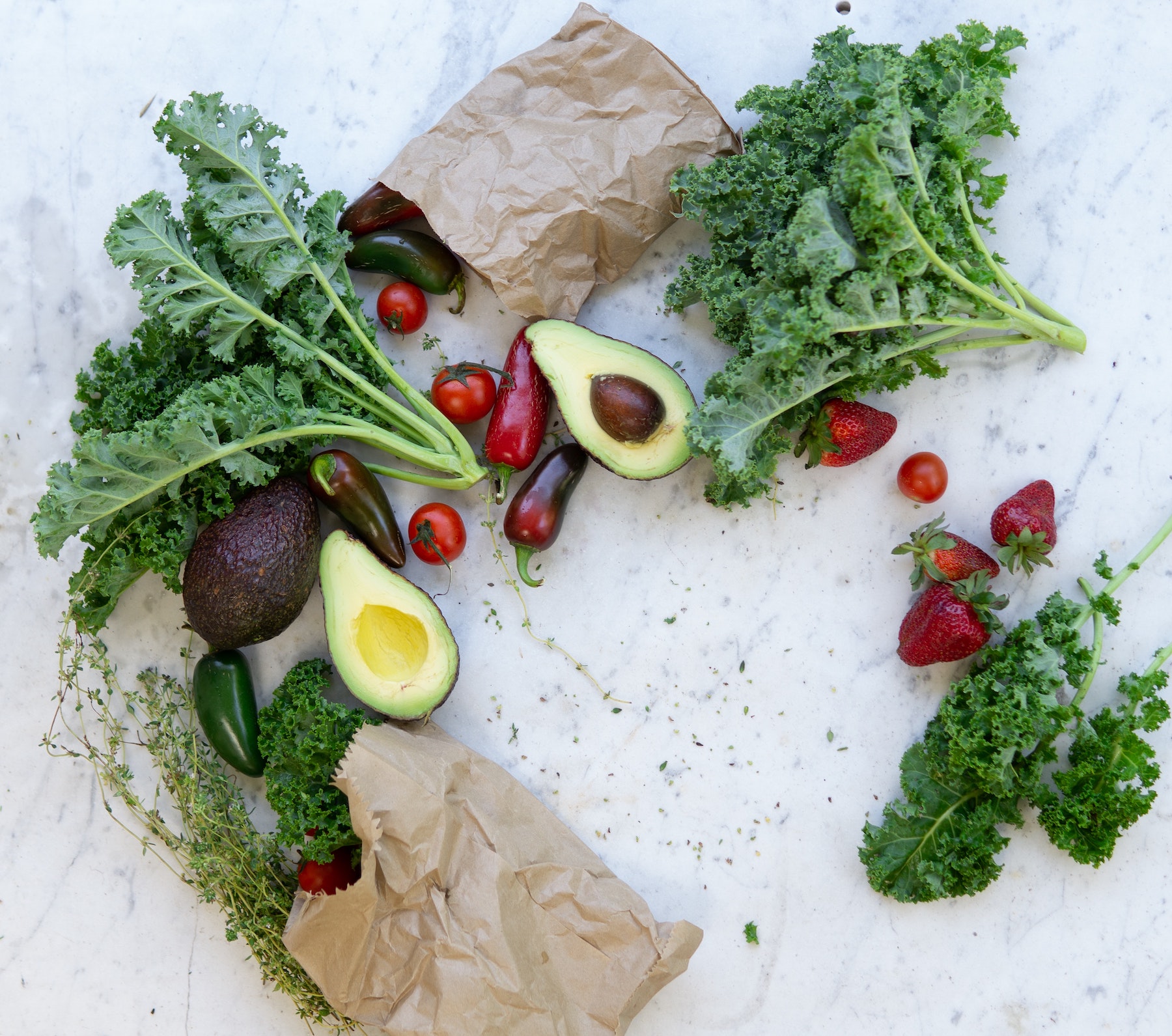Our dietitian’s tips to eat healthy on a budget
We know that fresh produce is currently rather expensive… we too are feeling the pinch!
To help us sustain our healthy eating habits, we asked our amazing dietitian, Liv Morrison for her advice on how can we eat well to look after both our bodies and our bank accounts.
Here’s Liv’s advice:
When it comes to buying fresh produce at the moment, eating seasonally is not only the healthier choice but also the most cost effective! With food prices increasing rapidly across the world, it’s time to look local. It’s much cheaper to buy fresh fruit and veg from your local farmers market than from the big chain supermarkets. I recommend shopping at Coles , Aldi or Woollies for non-perishables like your canned and frozen goods.
A great thing about Australian seasonal winter produce is that most of these foods have a longer shelf life compared to other seasons, which can help reduce food waste and enable buying in bulk. Think; carrots, potatoes, apples, pears, citrus fruits and cruciferous veggies like bok choy, cabbage & cauliflower.
When it comes to frozen, these fruits and vegetables are not only cost-effective, but may actually be nutritionally superior to fresh these days as nutrients are ‘locked in’ when frozen at their peak ripeness prior to transit.
Batch cooking is the best way to reduce food wastage and time in the kitchen, while supporting your immune system and gut health throughout winter. For example, soups are easy to load up with leftover veggie scraps you’ve saved from the week, adding a variety of different plant fibres for healthy gut bugs that support a robust immune system while satisfying the warm comfort we seek from food in cold weather. Saucy, liquid based dishes like; casseroles, stews, curries, chilli con carne and risotto all suit batch cooking as they freeze and reheat really well so they’re fantastic for people cooking for one. Utilise the slow cooker if you have one, I can’t recommend it enough! It’s an awesome way to cook economical protein sources like legumes and cheaper cuts of red meat, as well as utilise canned, frozen or leftover fresh veggies from the week in a tasty, low-cost and time efficient way.
A large portion of people’s weekly food expenses come from things like buying work lunches, use of meal delivery serves and purchasing pre-made snacks like muesli or protein bars, single serve yoghurts, etc. Try to minimise these where possible, even if it means you’re making your own protein balls or driving to pick up your takeaway meal instead of ordering on Uber Eats it does add up and can account for a pretty huge difference at the end of the month!
If you’re looking to get organised, be a savvy spender and put your grocery shop towards making healthy and delicious foods, check out the KIC recipe hub which has over 700 dietitian-approved recipes.
We also think you might find the below blogs great for some inspo too!
You might also like

- Blog
Lettuce prices are through the roof! So, Steph has pulled together her go-to lettuce-free salads to keep the healthy eating costs down.

- Blog
- HEALTH
Sometimes eating healthy can be a little expensive but we’ve got some hacks to help you make sure you can prioritise your health and steer clear from relying on fast food.

- Blog
- DINNER
Who would have though we would be able to get out hands on an avocado for $1.20?!



